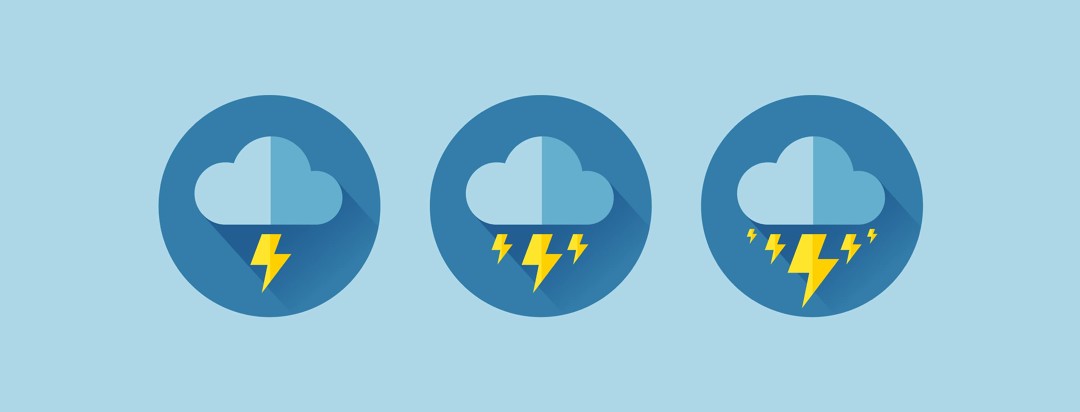Why Migraines Cause More Migraines
In the days during and following a migraine attack, you'd think our bodies would know what was good for us, instead of leading us toward the very things that make our migraines worse. Unfortunately, this is not the case. Ironically, and conversely, many of us are drawn into a cycle of unhealthy habits and choices including a poor diet, an inconsistent sleep cycle, social isolation, and lack of exercise. It isn’t long before our own actions may begin serving as fuel for the fire, triggering more attacks.
Featured Forum
View all responsesCravings
What and when we eat can get thrown off schedule during and after a migraine attack. We may end up craving foods we don’t normally ingest. Many migraineurs report a sugar tooth or desire for carbs during and in the days following an attack. Ironically, these foods are well-known migraine triggers.
Living in fear
After hours spent responding to severe pain, our bodies are generally tight and stiff. It is easy to be fearful that any movement or exertion will trigger another attack. While it doesn’t make sense to jump from days in bed to a running a marathon, gentle movement and light stretching can ease knotted musculature and reduce the risk of further pain and tightness.
Fitful sleep
Migraine wreaks havoc on our sleep schedule. Period. Nausea and vomiting, dizziness, or side effects of medications may contribute to a disruption of our regular sleep cycle. During or emerging from an attack, we may understandably adopt habits like keeping the TV on as a distraction from the severe pain. Perhaps we changed the time we fall asleep or wake in the morning. Left unaddressed, these new patterns can trigger new attacks.
Isolation
Migraine quickly pulls us inward socially and emotionally. We must focus on self in order to manage the severe and multiple side effects that accompany this complex neurological disease. It can be tempting and feel easier, in the days following a migraine, to maintain radio silence with one’s social network. After feeling like we are constantly canceling plans, letting others down, and coming up short, it may feel easier to allow our social circle to shrink so there are fewer to disappoint. However, trying to manage a chronic pain condition alone is heartbreakingly difficult and will ultimately only make the load heavier.
Breaking the cycle
The effort it takes to break the migraine cycle cannot be understated. While it may be easier to simply succumb to the snowballing migraine cycle, doing so only leads to more attacks. In the face of this challenge, we have to consciously push back, reach out, and connect with others. We must push past exhaustion in order to move, and consciously side step the cravings for unhealthy foods in order to eat well again. We have to stretch ourselves- figuratively and literally.
With a disease that takes so much from us, this is one way we can assert some control in an attempt to regain our balance and stop the sickening cycle of migraine.
Do migraines trigger more migraines in your life? If so, in what ways? Do you crave junk food? Do you stop exercising? Does your sleep schedule change? How do you get your balance back?

Join the conversation